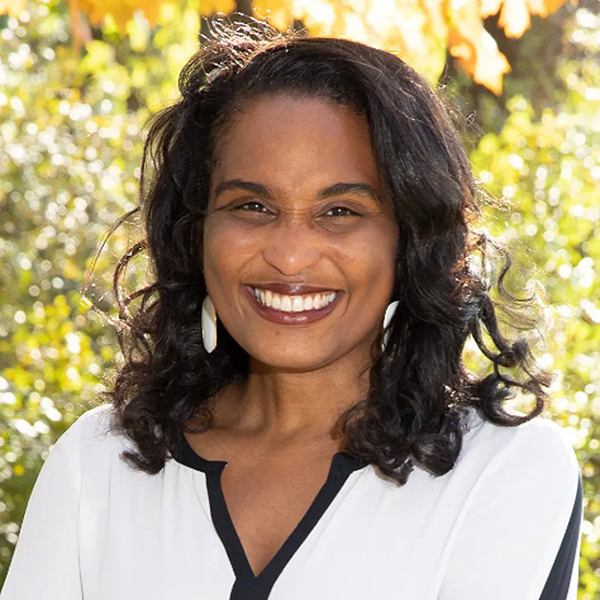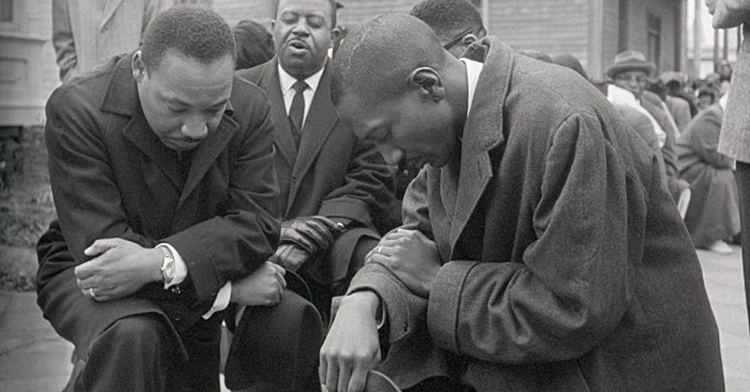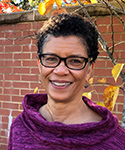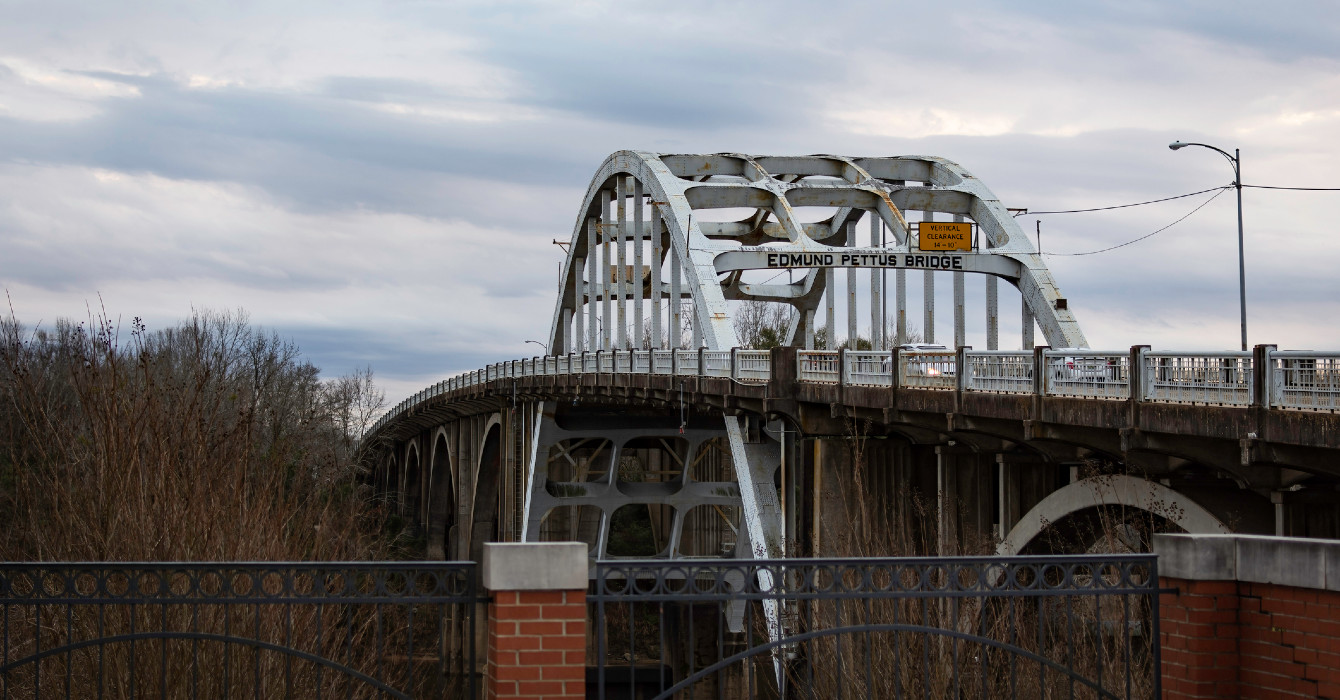As a newly ordained Presbyterian minister in the 1960s, the Rev. William Lowrey helped mend the divides imposed by racial and economic differences in his native Mississippi.
By the mid-1990s, he had taken those reconciliation efforts to Sudan, where strife between tribal factions was killing people and destroying communities.
His efforts on behalf of the Sudanese people elicited threats of violence against Lowrey and put his wife and daughter, who accompanied him to Sudan, in danger.
But their work ultimately helped resolve generations of differences between the Dinka and Nuer tribes of southern Sudan. A series of People-to-People Peace conferences coordinated through the New Sudan Council of Churches (NSCC) in 1998 resulted in a covenant between the Dinka and the Nuer to end their tribal war.
Lowrey has served as the World Vision International peacebuilding director and now lives in northern Virginia and works as a peacebuilding technical advisor to the government of South Sudan.
Lowrey, who was honored with the Peacemaker in Action Award by the Tanenbaum Center for Interreligious Understanding, sees his work as an honor bestowed by God.
“There is this sense of calling that this is the work that God has given me to do,” he said. “I just never imagined that I would be so privileged as to be able to sit in the presence of people who have battled each other who share their wisdom, who make peace, and who reconcile with each other.”
Lowrey recently spoke with Faith & Leadership while at Duke Divinity School for the Center for Reconciliation’s 2012 Summer Institute. The following is an edited transcript.
Q: What’s your background?
I’m from Hattiesburg, [Miss.] -- born and raised there. I went to segregated schools all the way through high school. In my second year of college, the first two black students were admitted to the University of Southern Mississippi. So that was really the beginning of my encountering what’s actually involved in race relations and some of the price that had been paid by black citizens.
I developed a vision for someday being a part of what I called a church that would hold to the racial integrity of the gospel.
Some years later, I was able to start a church in Clinton, Miss., where we intentionally reached out to all of the diverse elements of the community. We went door to door in trailer-park communities, just as we did in suburban, middle-class, family communities.
Experiencing the diversity of race relations was a core part of it, but also the socioeconomic differences.
Q: Is that church still in existence?
It was Christ Community Presbyterian Church. It had about an 18-year history. It actually died well, as it had lived well.
It never was a large church -- about 125 members -- and when it was clear that the congregation was not going to be able to sustain itself economically, the members called a celebration of their 18-year life. This was after I’d left and another pastor had come.
People came back from all over the country to celebrate with them, and they commissioned each other to go into other churches and be salt and light for that kind of ministry.
Whenever I go back, there’s a core of people who will always gather and tell stories of how that community of reconciliation has shaped all of our lives.
Q: Why, as a white man of that time and place, were you open to this work?
Some of it was the way I was brought up in the church, and by my mother, who tended to be like a pastor to me, teaching me to study the Bible and to read theologians and to reflect on what was happening in life.
My dad, as the editor of the newspaper, would bring the news home every evening. We were always eager to hear what was happening in the world, and so we would discuss that as a family and we would reflect on our own beliefs about that.
That way of living prepared me.
Q: How did you come to do peacemaking and reconciliation work in Africa?
As a pastor in Mississippi, one of the things that our little community church became known for was standing for justice.
In that area, there was a lot of injustice related to pulpwood cutters. They said, “We hear that your church cares about justice. Will you come help us?” This led in a couple of years to new legislation, and that pushed me along the justice line.
I then went to Cincinnati, Ohio, to be a mission pastor in a large church. Part of the work there was in the central city, which has a poor Appalachian and black community. So I was very involved in economic development, and preparing people to go to work as missionaries.
When my family decided it was time for us to offer ourselves as mission workers, we discussed that with Presbyterian Church denomination leaders, who said there was a great need in southern Sudan and they had no mission workers there.
It was a rebel area, and large numbers of refugees from Ethiopia were going to be returning to south Sudan in the rebel zones, and they wanted me to go and be a part of helping out there.
So I first went in 1991 to do humanitarian assistance, relief and development. I didn’t go as a peacemaker, but it moved into that.
Q: What were the similarities and the differences in the reconciliation work that you had done in the U.S. and in Sudan?
One of the things I draw on is a rooted theology of reconciliation that is very holistic, so that reconciliation deals with the internal self and the conflicts we have within ourselves.
It includes the sphere of relationships of those who are really close with you -- family, friends, affinity groups -- and also reconciliation with those who are different from you -- the “other.”
And then organizational, institutional conflicts become a part of it.
And then we see that the whole creation around us -- there are conflicts with creation, destruction of the natural environment -- and that that is a part of the reconciliation work and spirituality and the relationship with God.
And so I grew up with that kind of holistic view of reconciliation. So whether it was talking about an individual’s relationship with God or a family’s brokenness, or communal relationships between people of different races or different tribes, or institutional issues and government or rebel groups -- all of these things just fit with reconciliation as being kind of the theme that holds it together.
And so that’s really not different, whether it’s Mississippi or South Sudan.
Q: How did you move from humanitarian work to peacemaking?
I was there as a relief worker and a humanitarian-assistance worker, but I also was an ordained minister. In the area where I was working, the church had thousands and thousands of Christians meeting in small mud huts, and this was the most influential, surviving institution after decades of war.
They saw that I was from the mother church that had originally sent missionaries out in the 1800s and helped start their church. They began to ask me to meet with the churches.
Then the churches began to try to resolve conflicts between different militia groups that would be fighting each other and have prisoners of war. They wanted me to be present with them when negotiations would go on, so I would just be the external, outsider presence.
At one point the Nuer tribe wanted to resolve a major conflict between different subclans. They asked me to help facilitate the logistics for that, which I did. They managed to resolve a huge conflict that had gone on for a couple of years and where lots of people had been killed.
I was amazed at what they were able to do themselves, using their own approaches, and I thought, “I need to learn what they know.” So I launched into a Ph.D. program, and my dissertation was a study of the traditional methodologies of the Nuer people.
I had helped them get wells dug or relief supplies or radios to communicate with each other, so they trusted me. I spent weeks sitting under a tree with different communities, asking them the history of their beliefs -- what they believed about themselves, how their ancestors had resolved conflicts.
And that became the framework for how we could resolve a bigger conflict between the two largest tribes, the Dinka and the Nuer, because their methodologies were basically the same.
Q: What was distinctive about this methodology?
When Western methodologies were used, such as sending representatives from one group to the other or taking a few leaders from both sides to make an agreement, it wasn’t consistent with tribal culture.
Those cultures believe decisions must engage large numbers of common citizens, and they must work together to define the issues and come to consensus on every issue. It cannot happen quickly. It must use storytelling to reveal what the issues are, and they have to use customary law, with traditional seals and covenants.
So when a few people would go off and make an agreement, it would not be embraced by the people. Only when issues were resolved using a large number of people and taking a long time would it become a real peace that could be sustained.
Q: How did you integrate traditional with modern conflict-resolution techniques?
One of the primary tribal methodologies would be the use of extended storytelling. So rather than doing a logical analysis of the issues and writing about it, it’s an oral methodology. And rather than using analytical logic, it becomes a narrative.
In the narrative, the issues surface as different people tell their narratives, and you begin to get the key issues that are going to have to be resolved. So that is a very different approach.
One of the things that is more of a modern influence on this is the combination of insider/outsider work as peacemakers.
The insiders are the ones who have the wisdom, who know the issues and how to resolve the conflict. They know the customary law, and they are the ones that the power must rest with.
An outsider like me might have access to resources, logistics and organizational skills. So that was primarily my role as an outsider, to be a catalyst and facilitator to help the logistics take place.
Q: What part of the logistics were you involved with?
One of the things we needed to do was to build confidence that the meeting could be held without large numbers of people being killed. So we arranged a chiefs’ exchange visit.
A number of chiefs and one of the women’s leaders were in the Nuer land. We would fly them to the Dinka land to meet with a few chiefs and women’s leaders there and be protected by a rebel force that was supportive of the reconciliation.
The chiefs were willing to risk their lives to go to the enemy land and talk about whether they could move toward a peace conference. It was an expensive proposition, but the flights made it possible.
Without that kind of external help, they wouldn’t have been able to meet together to build that confidence to hold the larger meeting.
Q: As a white American engaged in these conversations, did you ever wonder at your own effectiveness?
We sometimes think that everybody should be able to resolve their issues by themselves without any outside assistance. I don’t think that’s the way the real world operates. The United States doesn’t exist by itself, but we are in community with the community of nations.
There’s a Chinese proverb that says, “The peacemaker receives two-thirds of the blows.” That’s not actually true, because the real suffering is received by the people in the midst of the conflict. But the peacemaker does get accusations from all sides, and sometimes I ended up with death threats against me, and there were some dicey times.
One militia leader that I remember rather vividly received a peace delegation of his own people, and he killed them all. They said if I went, I would represent the outside world, and he would behave differently. I did go and found a symbolic power that the outsider represents.
Sometimes it’s risky to do that, but if we are in partnership with those on the ground who are constantly risking their lives for peace, then it’s a modest contribution to make.
Q: You and your family put yourselves in danger for people far away. What made it worth doing?
For me, it’s a sense of call to the ministry of reconciliation. It’s a higher vision than just my neighbors right here and my family members.
One story that deeply touched me over these years is this:
The large peace conference where we finally brought an end to the Dinka and Nuer war took place in the Dinka village of Wunlit.
There was a Nuer man who came to the conference as a representative from his community. A year or two before, his cattle had been attacked by the Dinka, and he lost his two sons and all of his cows. He came to this peace conference hoping to make peace so that this would not happen to anyone else.
When he got there, Chief Gum Mading, the chief of the local area, found him and said, “I have your boys and your cows. When the peace conference is over, you will take your boys and your cows and go home.”
So when we took everybody back home on the flights, we left this man there in the Dinka land with his boys and his cows, and I trusted that everything would work out well.
But rains had flooded the area, and it was impossible to walk back to the Nuer land with his cows at that time.
Last July as I was doing interviews in an area in southern Sudan, I was introduced as a person who was engaged at Wunlit. One young man said to me, “I’m the son of Chief Gum Mading. I was there with you at Wunlit, and I was a little boy of 8.” He also introduced me to his brother, who was in the cattle camp keeping the cows during the Wunlit conference.
I told about the story of the man’s reconciliation with his sons. And the boy that was in the cattle camp said, “Oh, yes, I know those two boys.”
He said the boys stayed from March 1, when the conference was held, until June, when the waters went down and they took their cows and they went home. That was the end of the story.
But I thought, “Here the sons of Chief Gum Mading are now working for peace as young men. They have experienced their own people making peace with their own methods, and it actually changed the course of the history of southern Sudan.”
So for me to experience that -- why not? I would go anywhere to do that.
Q: What would you say to others who are thinking about this kind of work?
That it’s almost impossible to chart the course far in advance of where the journey of reconciliation will take you. That that is really the work of God, and there is a providential process that unfolds step by step.
A second thing is that this work will always have times of great difficulty, when you’ll want to run away from it or give up, when you’ll get depressed or face risks or be under death threats. So you have to have a support system to be sustained when the shocks come.
Resilience is basically holding to your purpose and bouncing back from setbacks and not losing the larger vision of where you’re headed.






